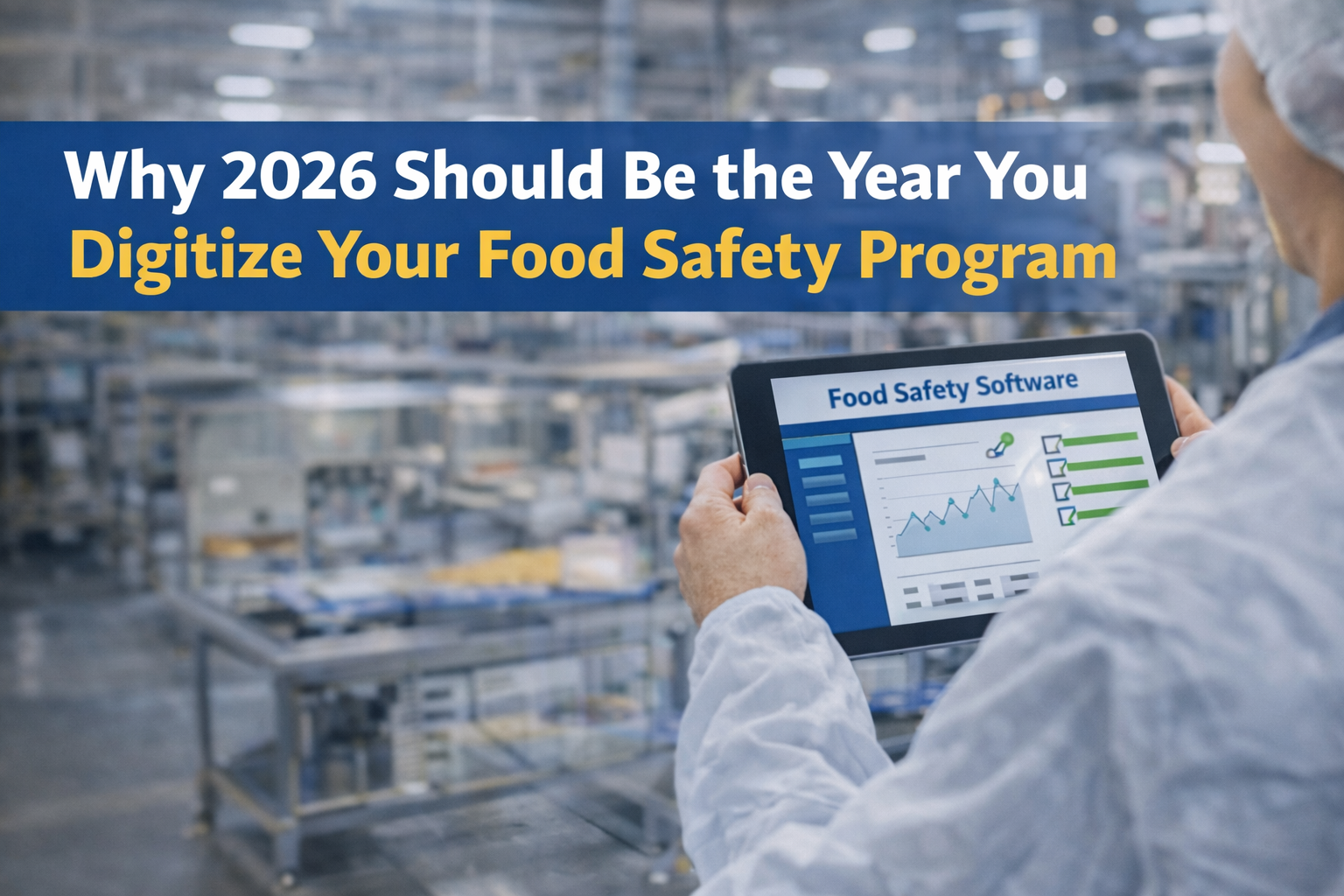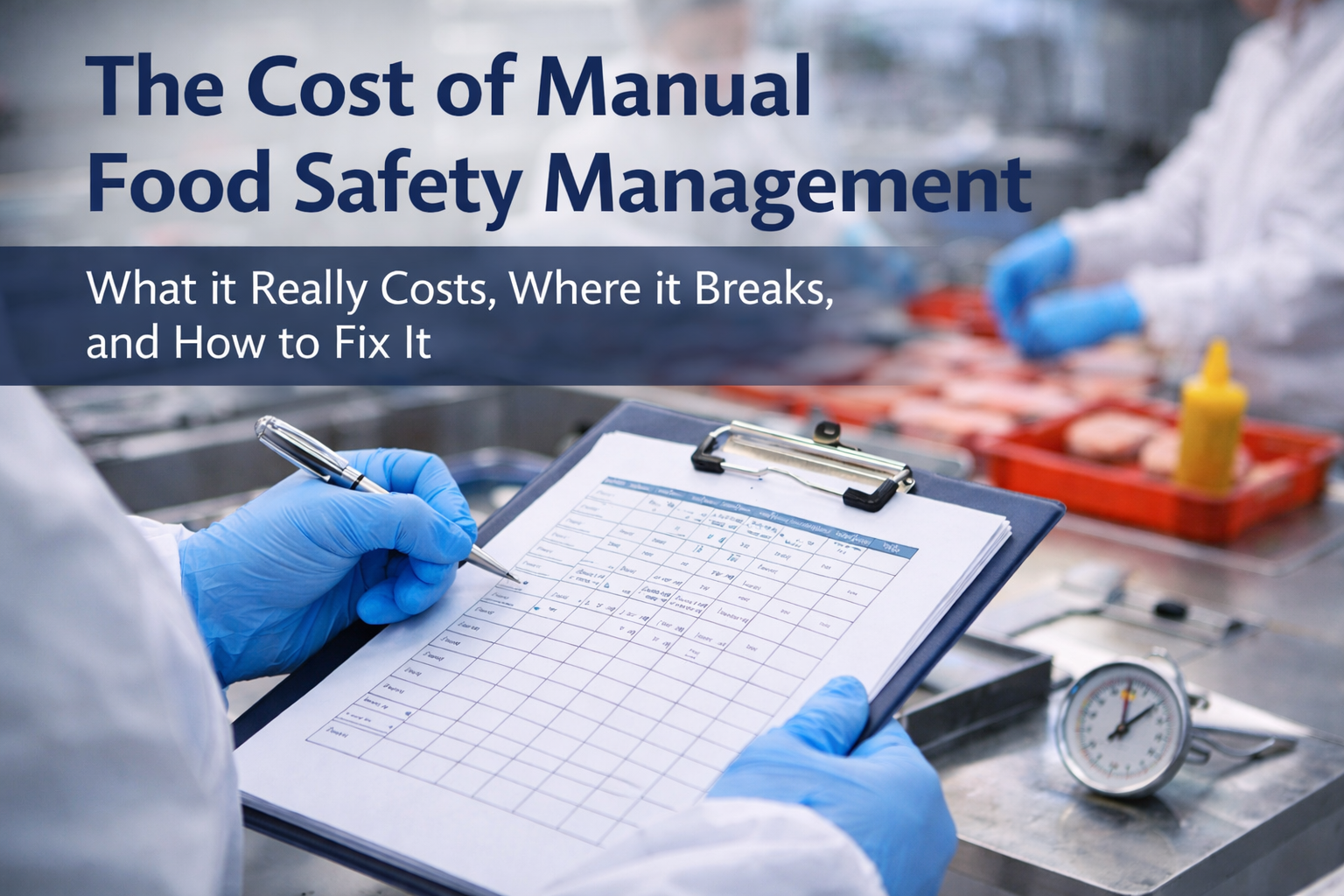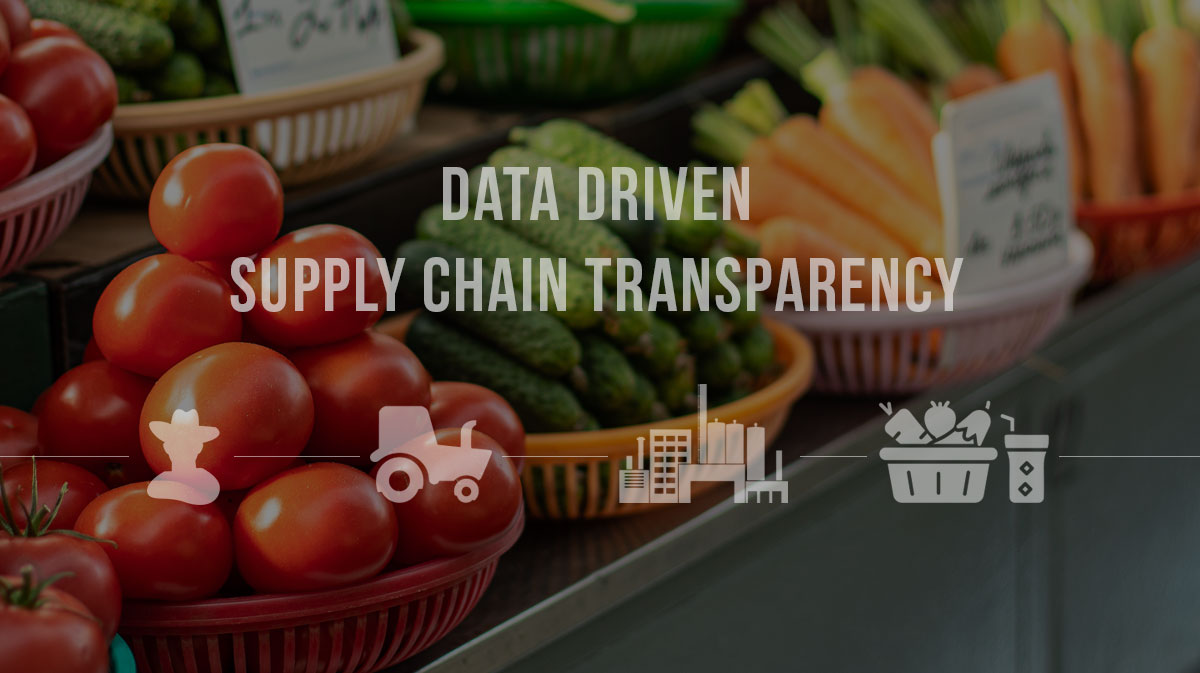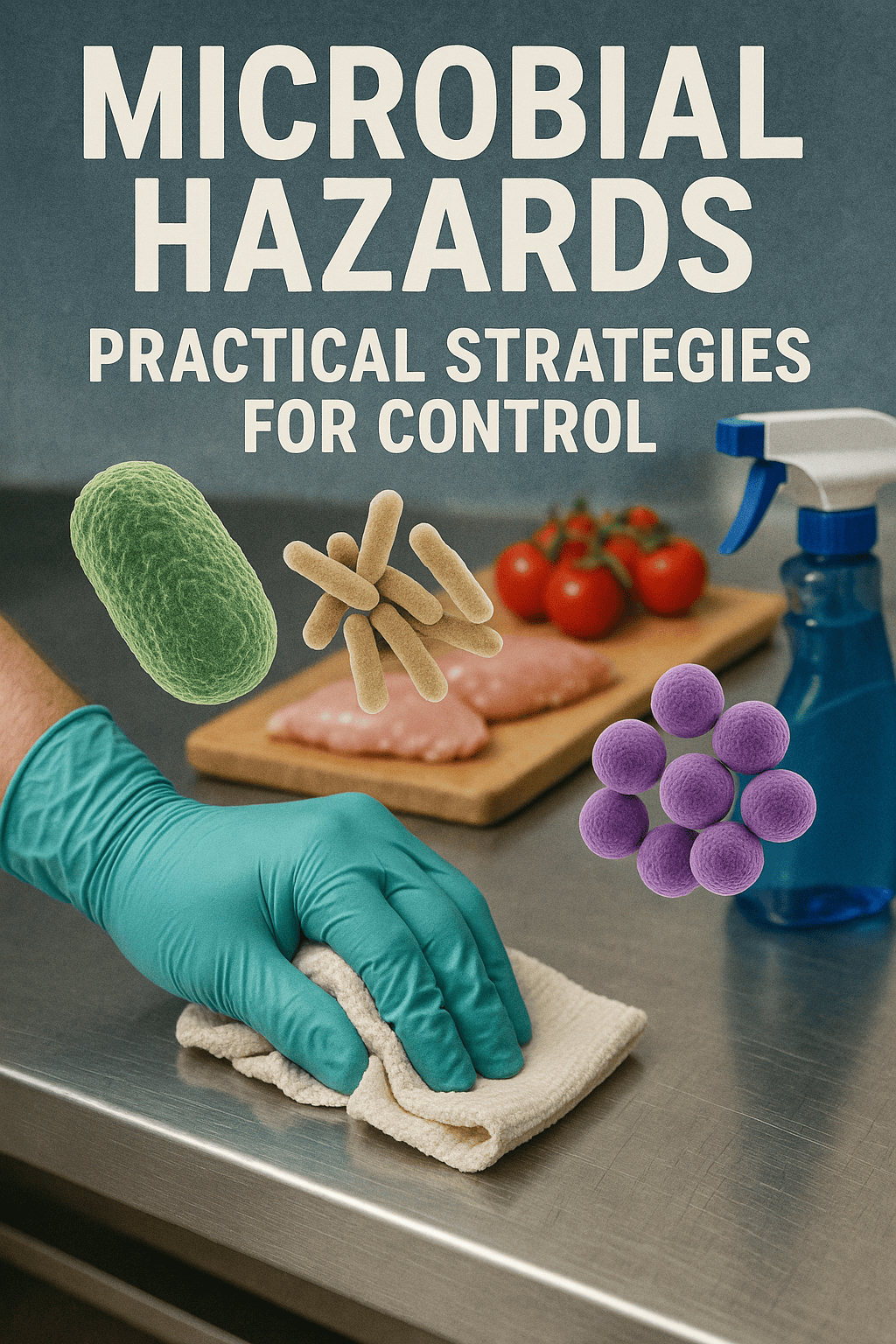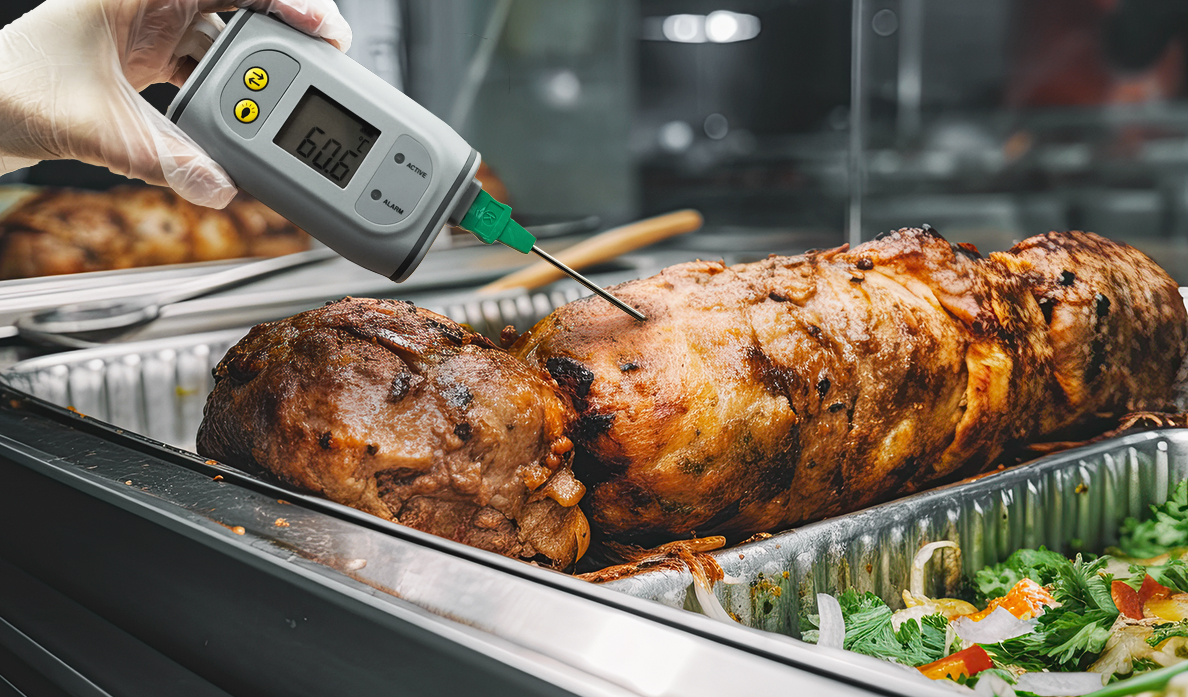Food fraud is a silent but ever-present danger in the food industry. It involves intentional deception for economic gain by providing, selling, or distributing food products with the aim of misleading or deceiving consumers or consumers. Food fraud has been known to include the substitution, addition or misrepresentation of ingredients, tampering, counterfeiting or misbranding of goods. In recent years, the Food and Agriculture Organization of the United Nations (FAO) and the World Health Organization (WHO) released a report that indicated the prevalence of food fraud has been increasing, making it a significant global concern. As the food industry is becoming more complex, and global, food fraud is increasingly challenging to detect and has become a greater threat. This blog post delves into the concept of food fraud, examining its occurrence, the prevention challenges, and the way forward.
One of the major factors driving food fraud is economics. This means that consumers may unknowingly pay a premium for substandard products. For example, the addition of cheaper ingredients to a product to reduce cost or the use of chemical enhancers to mask lower quality produce while trying to pass them off as high-quality products. When this happens, the consumer is robbed of the experience, the nutritional value of the food, and may also be at risk of foodborne illnesses. To combat this, several measures are being taken within the food production and supply chain, including the establishment of regulatory agencies.
In addition to economic motives, food fraudsters similarly take advantage of the current global supply chain networks to perpetrate acts of food fraud. The globalization of the food industry has made it harder to trace fraudulent products back to the source, and it has equally led to an increase in the level of interaction within the food industry. As a result, more complex supply chains and diversified sources of ingredients have created gaps that fraudsters can exploit to introduce substandard ingredients or even counterfeit products into the food chain.
The use of sophisticated technology by perpetrators has made it possible for undetectable fraudulent practices. For example, fraudulent processes such as adulteration or mislabeling can be performed semi-automatically with more efficiency and deceit, with cleverly hidden costs. This means that food businesses need to be proactive in detecting food fraud and protecting the consumers from the dangers of fraudulently supplied products.
Prevention of food fraud requires a collaborative effort from different stakeholders within the food industry. To detect and prevent fraudulent practices effectively, businesses, regulatory agencies, and individuals in the industry must be proactive and vigilant. Training programs for all stakeholders, including consumers on the risks of food fraud are critical. Consumers should be educated on what to look out for and what to expect from the food they buy. On the other hand, the regulatory bodies should be given more power to hold those found guilty of fraud accountable. This includes increased surveillance and detection of fraudulent practices leading to immediate penalties and regulatory actions.
Given the rise in global supply chains and an increase in demand for food, seeking a sustainable means of combating food fraud is fundamental. There is a need for up-to-date, adequate measures in place to help prevent and control its occurrence. Collaboration between all stakeholders and a proactive approach to detect and prevent fraudulent practices are crucial. Consumers, businesses, regulatory agencies, and individuals in the industry must all play a role in the fight against food fraud. By working together, we can enhance the integrity of our food system and protect consumer's health from being taken advantage of by food fraudsters.



